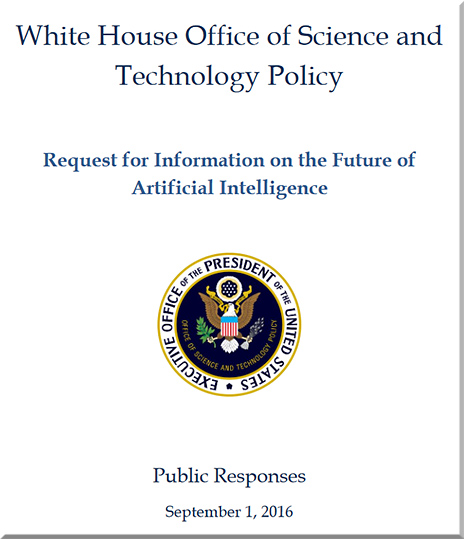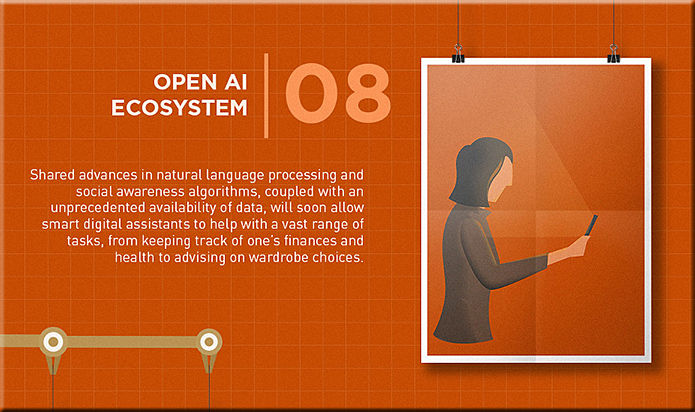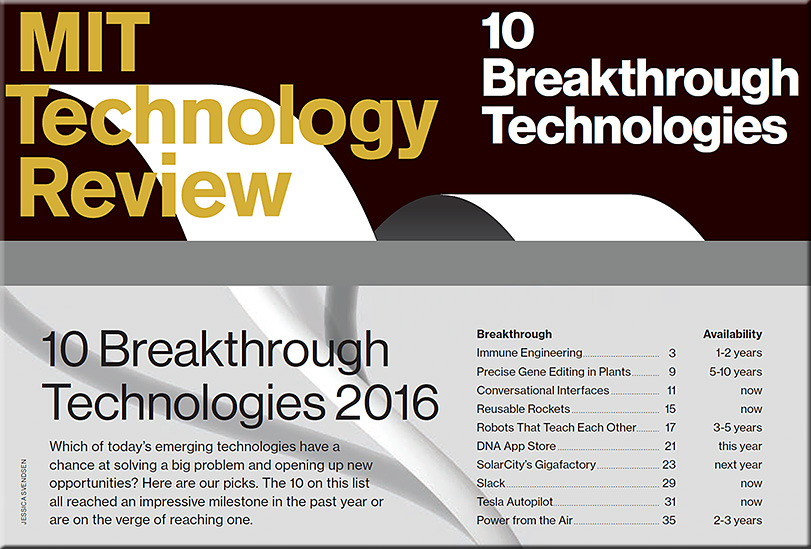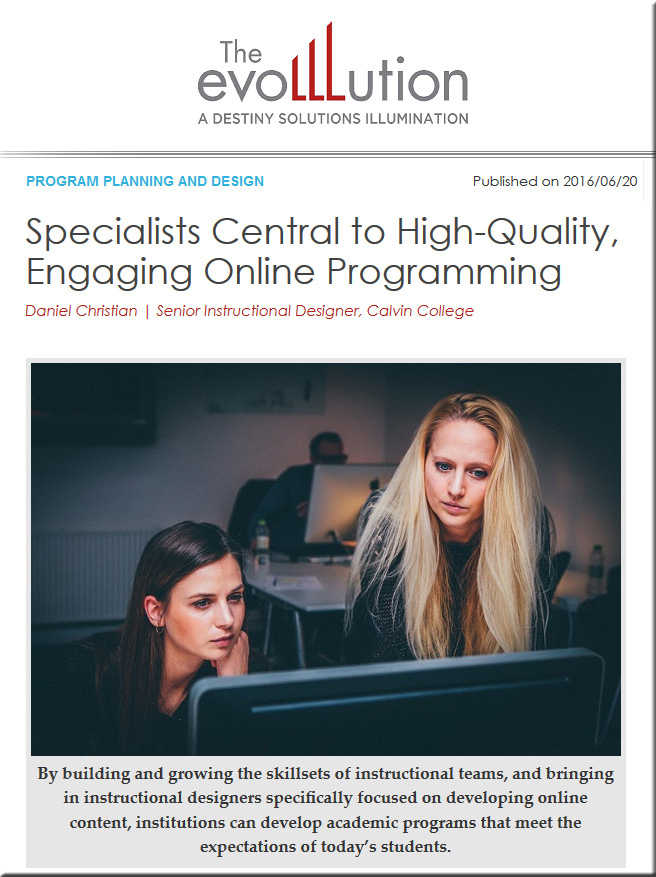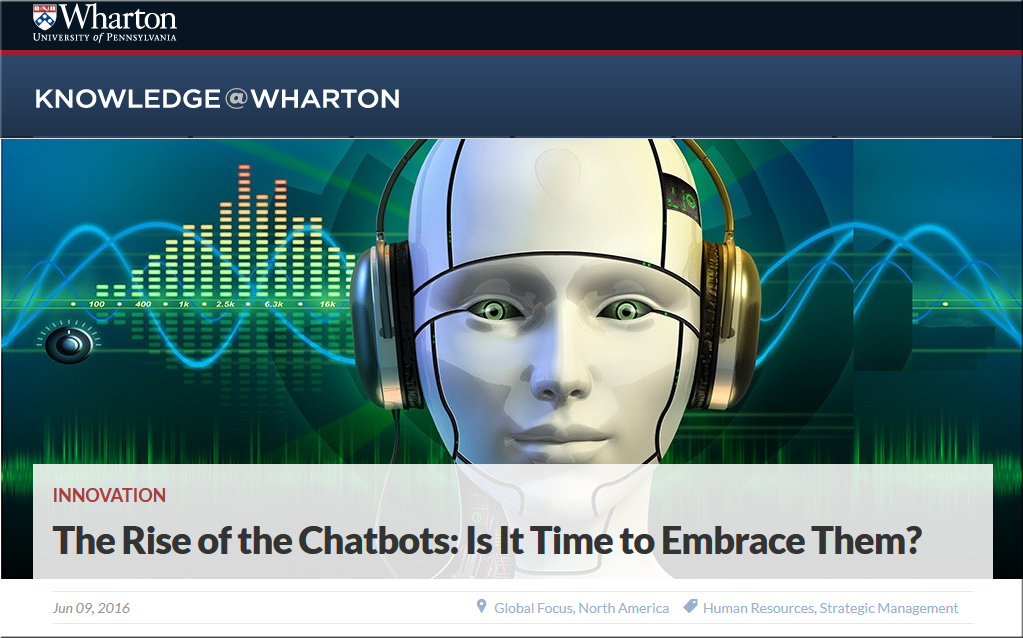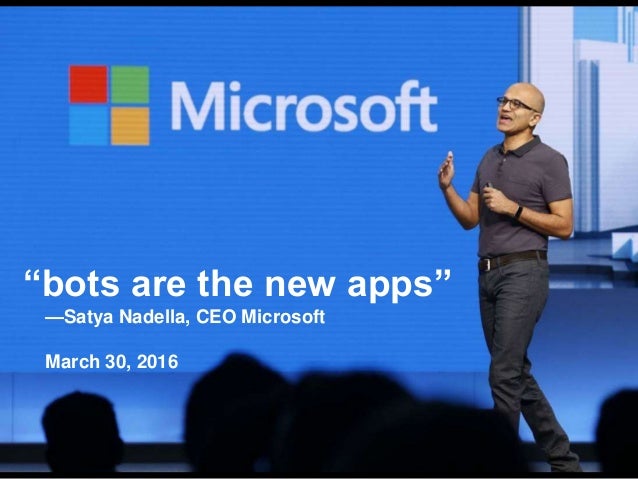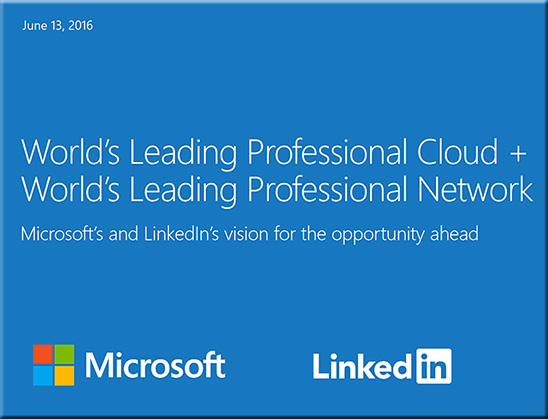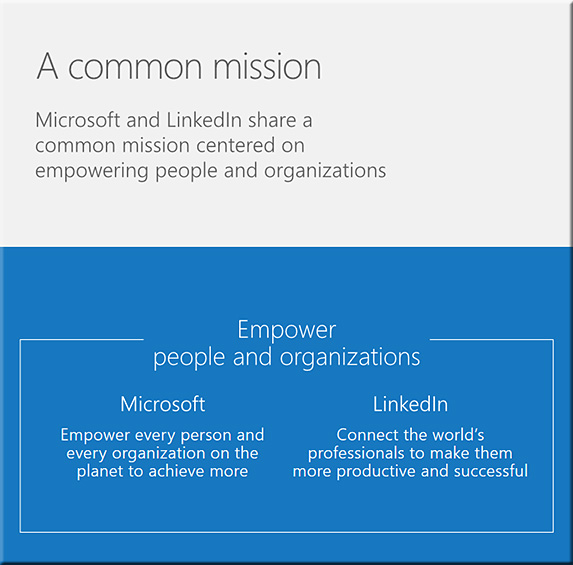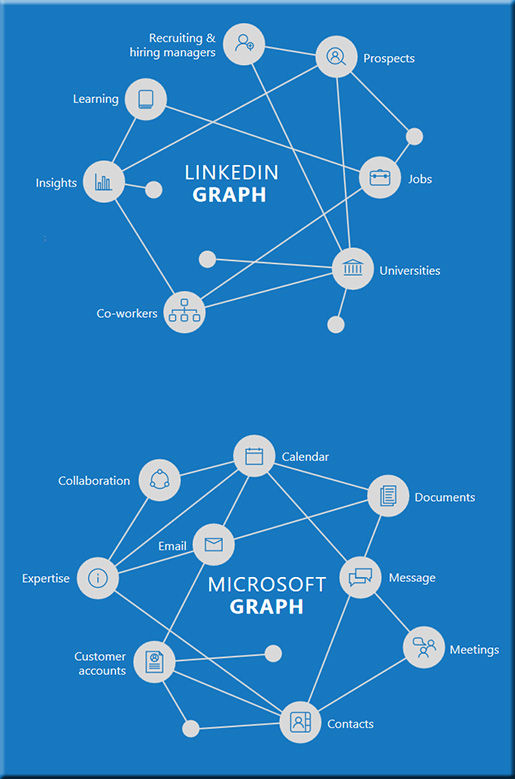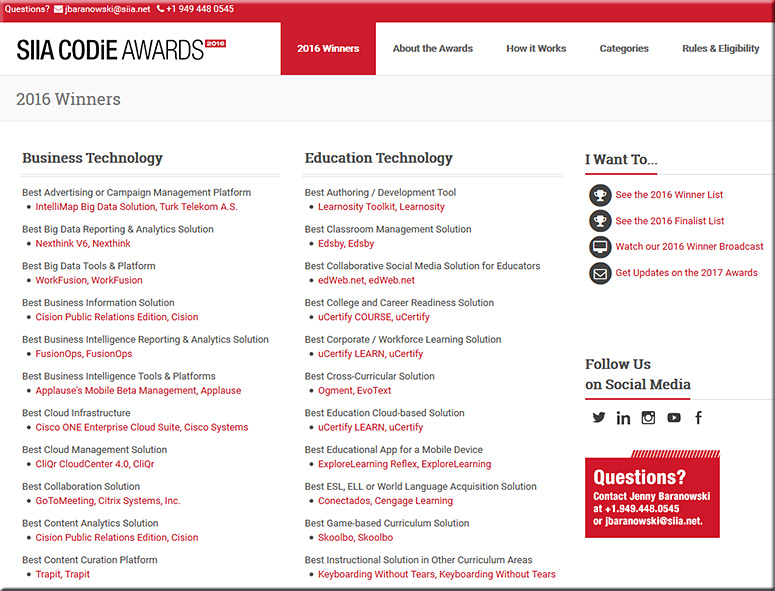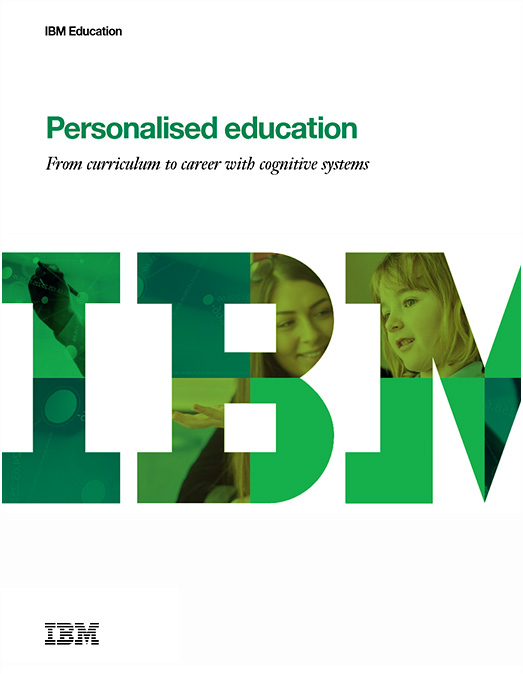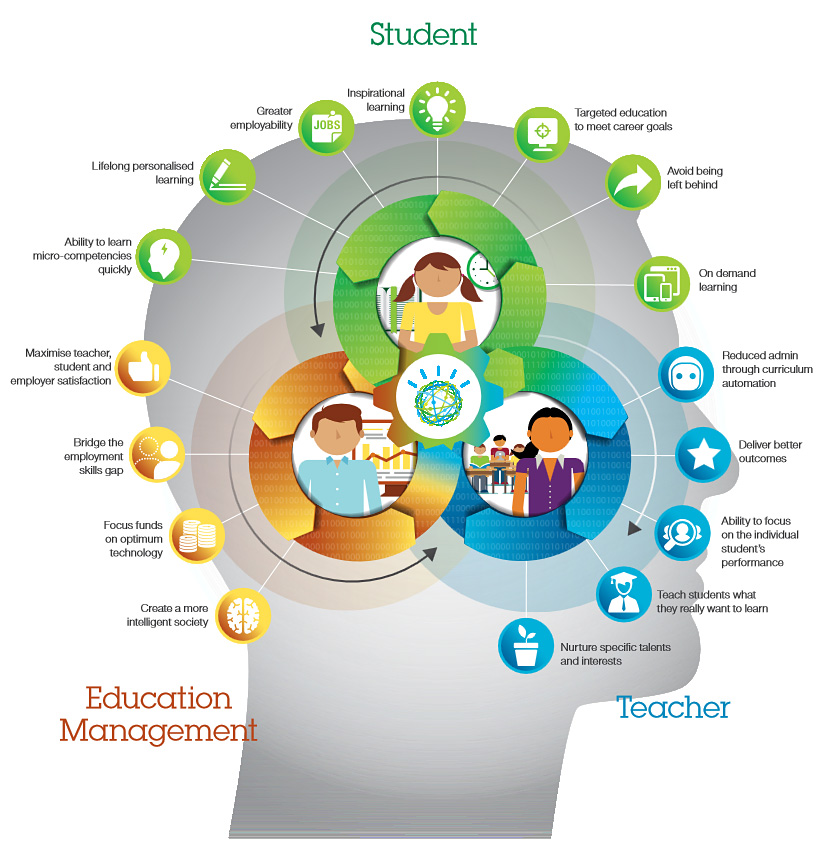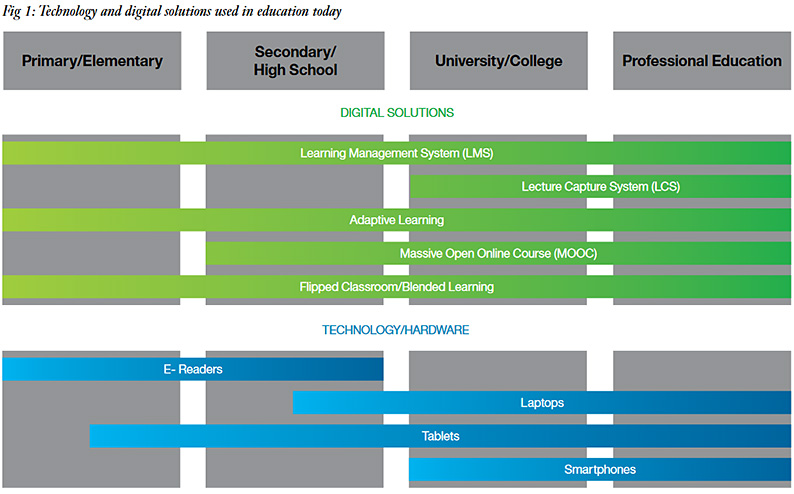We can do nothing to change the past, but we have enormous power to shape the future. Once we grasp that essential insight, we recognize our responsibility and capability for building our dreams of tomorrow and avoiding our nightmares.
–Edward Cornish
From DSC:
This posting represents Part VI in a series of such postings that illustrate how quickly things are moving (Part I, Part II, Part III, Part IV, Part V, and to ask:
- How do we collectively start talking about the future that we want?
- How do we go about creating our dreams, not our nightmares?
- Most certainly, governments will be involved….but who else should be involved in these discussions? Shouldn’t each one of us participate in some way, shape, or form?
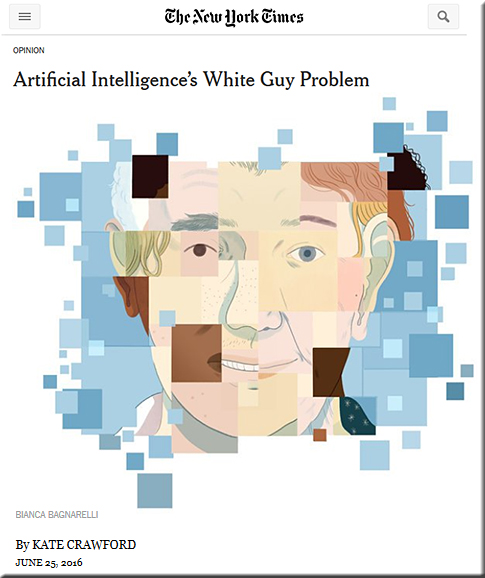
Artificial Intelligence’s White Guy Problem — from nytimes.com by Kate Crawford
Excerpt:
But this hand-wringing is a distraction from the very real problems with artificial intelligence today, which may already be exacerbating inequality in the workplace, at home and in our legal and judicial systems. Sexism, racism and other forms of discrimination are being built into the machine-learning algorithms that underlie the technology behind many “intelligent” systems that shape how we are categorized and advertised to.
…
If we look at how systems can be discriminatory now, we will be much better placed to design fairer artificial intelligence. But that requires far more accountability from the tech community. Governments and public institutions can do their part as well: As they invest in predictive technologies, they need to commit to fairness and due process.
Facebook is using artificial intelligence to categorize everything you write — from futurism.com
Excerpt:
Facebook has just revealed DeepText, a deep learning AI that will analyze everything you post or type and bring you closer to relevant content or Facebook services.
March of the machines — from economist.com
What history tells us about the future of artificial intelligence—and how society should respond
Excerpt:
EXPERTS warn that “the substitution of machinery for human labour” may “render the population redundant”. They worry that “the discovery of this mighty power” has come “before we knew how to employ it rightly”. Such fears are expressed today by those who worry that advances in artificial intelligence (AI) could destroy millions of jobs and pose a “Terminator”-style threat to humanity. But these are in fact the words of commentators discussing mechanisation and steam power two centuries ago. Back then the controversy over the dangers posed by machines was known as the “machinery question”. Now a very similar debate is under way.
After many false dawns, AI has made extraordinary progress in the past few years, thanks to a versatile technique called “deep learning”. Given enough data, large (or “deep”) neural networks, modelled on the brain’s architecture, can be trained to do all kinds of things. They power Google’s search engine, Facebook’s automatic photo tagging, Apple’s voice assistant, Amazon’s shopping recommendations and Tesla’s self-driving cars. But this rapid progress has also led to concerns about safety and job losses. Stephen Hawking, Elon Musk and others wonder whether AI could get out of control, precipitating a sci-fi conflict between people and machines. Others worry that AI will cause widespread unemployment, by automating cognitive tasks that could previously be done only by people. After 200 years, the machinery question is back. It needs to be answered.
As technology changes the skills needed for each profession, workers will have to adjust. That will mean making education and training flexible enough to teach new skills quickly and efficiently. It will require a greater emphasis on lifelong learning and on-the-job training, and wider use of online learning and video-game-style simulation. AI may itself help, by personalising computer-based learning and by identifying workers’ skills gaps and opportunities for retraining.
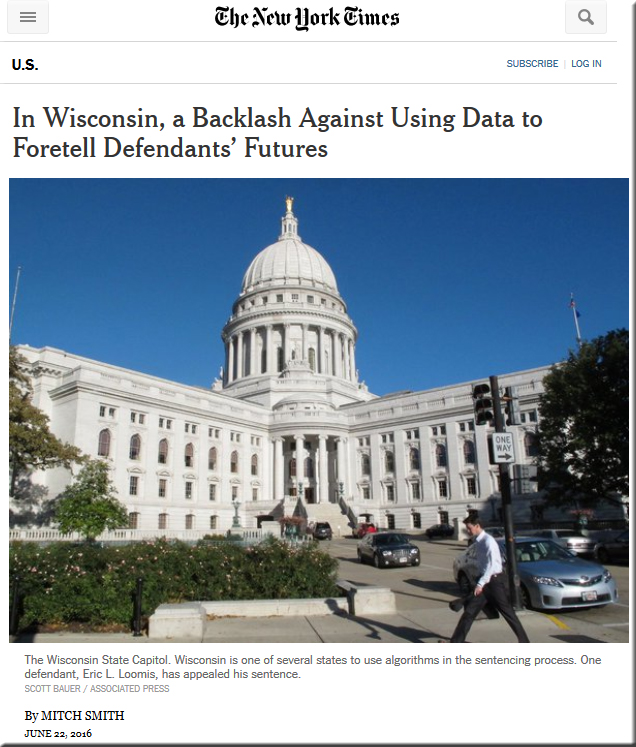
In Wisconsin, a Backlash Against Using Data to Foretell Defendants’ Futures — from nytimes.com by Mitch Smith
Excerpt:
CHICAGO — When Eric L. Loomis was sentenced for eluding the police in La Crosse, Wis., the judge told him he presented a “high risk” to the community and handed down a six-year prison term.
The judge said he had arrived at his sentencing decision in part because of Mr. Loomis’s rating on the Compas assessment, a secret algorithm used in the Wisconsin justice system to calculate the likelihood that someone will commit another crime.
…
Compas is an algorithm developed by a private company, Northpointe Inc., that calculates the likelihood of someone committing another crime and suggests what kind of supervision a defendant should receive in prison. The results come from a survey of the defendant and information about his or her past conduct. Compas assessments are a data-driven complement to the written presentencing reports long compiled by law enforcement agencies.
Google Tackles Challenge of How to Build an Honest Robot — from bloomberg.com by
Excerpt:
Researchers at Alphabet Inc. unit Google, along with collaborators at Stanford University, the University of California at Berkeley, and OpenAI — an artificial intelligence development company backed by Elon Musk — have some ideas about how to design robot minds that won’t lead to undesirable consequences for the people they serve. They published a technical paper Tuesday outlining their thinking.
The motivation for the research is the immense popularity of artificial intelligence, software that can learn about the world and act within it. Today’s AI systems let cars drive themselves, interpret speech spoken into phones, and devise trading strategies for the stock market. In the future, companies plan to use AI as personal assistants, first as software-based services like Apple Inc.’s Siri and the Google Assistant, and later as smart robots that can take actions for themselves.
But before giving smart machines the ability to make decisions, people need to make sure the goals of the robots are aligned with those of their human owners.
Policy paper | Data Science Ethical Framework — from gov.uk
From: Cabinet Office, Government Digital Service and The Rt Hon Matt Hancock MP
First published: 19 May 2016
Part of: Government transparency and accountability
This framework is intended to give civil servants guidance on conducting data science projects, and the confidence to innovate with data.
Detail: Data science provides huge opportunities for government. Harnessing new forms of data with increasingly powerful computer techniques increases operational efficiency, improves public services and provides insight for better policymaking. We want people in government to feel confident using data science techniques to innovate. This guidance is intended to bring together relevant laws and best practice, to give teams robust principles to work with. The publication is a first version that we are asking the public, experts, civil servants and other interested parties to help us perfect and iterate. This will include taking on evidence from a public dialogue on data science ethics. It was published on 19 May by the Minister for Cabinet Office, Matt Hancock. If you would like to help us iterate the framework, find out how to get in touch at the end of this blog.
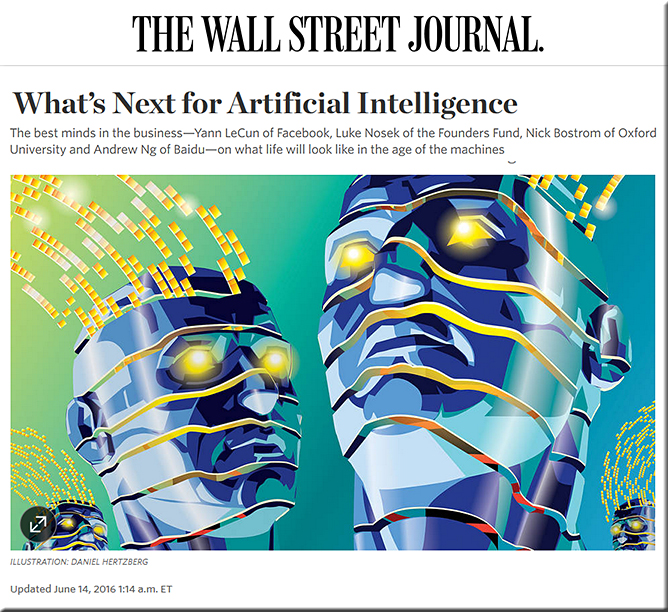
Excerpt (emphasis DSC):
We need to update the New Deal for the 21st century and establish a trainee program for the new jobs artificial intelligence will create. We need to retrain truck drivers and office assistants to create data analysts, trip optimizers and other professionals we don’t yet know we need. It would have been impossible for an antebellum farmer to imagine his son becoming an electrician, and it’s impossible to say what new jobs AI will create. But it’s clear that drastic measures are necessary if we want to transition from an industrial society to an age of intelligent machines.
…
The next step in achieving human-level ai is creating intelligent—but not autonomous—machines. The AI system in your car will get you safely home, but won’t choose another destination once you’ve gone inside. From there, we’ll add basic drives, along with emotions and moral values. If we create machines that learn as well as our brains do, it’s easy to imagine them inheriting human-like qualities—and flaws.
DARPA to Build “Virtual Data Scientist” Assistants Through A.I. — from inverse.com by William Hoffman
A.I. will make up for the lack of data scientists.
Excerpt:
The Defense Advanced Research Projects Agency (DARPA) announced on Friday the launch of Data-Driven Discovery of Models (D3M), which aim to help non-experts bridge what it calls the “data-science expertise gap” by allowing artificial assistants to help people with machine learning. DARPA calls it a “virtual data scientist” assistant.
This software is doubly important because there’s a lack of data scientists right now and a greater demand than ever for more data-driven solutions. DARPA says experts project 2016 deficits of 140,000 to 190,000 data scientists worldwide, and increasing shortfalls in coming years.
Robot that chooses to inflict pain sparks debate about AI systems — from interestingengineering.com by Maverick Baker
Excerpt:
A robot built by roboticist Alexander Reben from the University of Berkeley, California has the ability to decide using AI whether or not to inflict pain.
The robot aims to spark a debate on if an AI system can get out of control, reminiscent of the terminator. The robot design is incredibly simple, designed to serve only one purpose; to decide whether or not to inflict pain. The robot was engineered by Alexander Reben of the University of Berkeley and was published in a scientific journal aimed to spark a debate on whether or not artificial intelligent robots can get out of hand if given the opportunity.
The NSA wants to spy on the Internet of Things. Everything from thermostats to pacemakers could be mined for intelligence data. — from engadget.com by Andrew Dalton
Excerpt:
We already know the National Security Agency is all up in our data, but the agency is reportedly looking into how it can gather even more foreign intelligence information from internet-connected devices ranging from thermostats to pacemakers. Speaking at a military technology conference in Washington D.C. on Friday, NSA deputy director Richard Ledgett said the agency is “looking at it sort of theoretically from a research point of view right now.” The Intercept reports Ledgett was quick to point out that there are easier ways to keep track of terrorists and spies than to tap into any medical devices they might have, but did confirm that it was an area of interest.
The latest tool in the NSA’s toolbox? The Internet of Things — from digitaltrends.com by Lulu Chang
Excerpt:
You may love being able to set your thermostat from your car miles before you reach your house, but be warned — the NSA probably loves it too. On Friday, the National Security Agency — you know, the federal organization known for wiretapping and listening it on U.S. citizens’ conversations — told an audience at Washington’s Newseum that it’s looking into using the Internet of Things and other connected devices to keep tabs on individuals.
Addendum on 6/29/16:
Addendums on 6/30/16
Addendum on 7/1/16
- Humans are willing to trust chatbots with some of their most sensitive information — from businessinsider.com by Sam Shead
Excerpt:
A study has found that people are inclined to trust chatbots with sensitive information and that they are open to receiving advice from these AI services. The “Humanity in the Machine” report —published by media agency Mindshare UK on Thursday — urges brands to engage with customers through chatbots, which can be defined as artificial intelligence programmes that conduct conversations with humans through chat interfaces.









